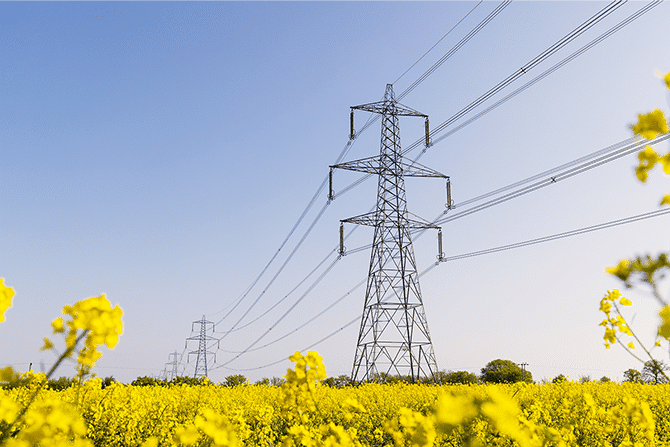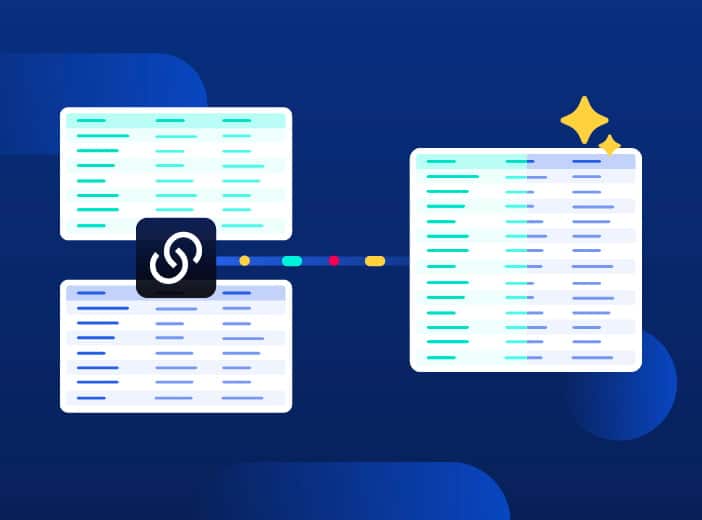Delivering value by opening up utility data – best practice from UK Power Networks
How can utilities drive greater efficiency, boost collaboration, increase transparency and accelerate decarbonization? Using the experiences of UK Power Networks, our blog outlines how information sharing underpins the shift to Net Zero through the creation of data-driven ecosystems.

Utilities are at the forefront of the world’s efforts to decarbonize. As energy generation shifts from centralized fossil fuel power to more distributed renewable sources, utilities need to transform and increase collaboration with a growing range of stakeholders to build a Net Zero world.
Data is the lifeblood of this collaboration, increasing transparency, enabling better planning and boosting efficiency. Utilities therefore need to become data-driven, sharing information across their ecosystems to create more flexible, greener networks that can react quickly to changing needs.
UK Power Networks - pioneering open data in the UK energy sector
UK Power Networks is the UK’s largest distribution network and system operator, responsible for power distribution to 8.4 million homes and businesses. It was the first to launch an open data portal in October 2021. Since then it has extended its data program, increasing its scope and adding new sources of data in conjunction with its ecosystem. It now has 55 datasets on its portal, containing over 2 million records. Data is being accessed by 14,000 unique users from across its diverse stakeholder community, which includes internal staff, local government, businesses, consumers and the energy industry.
Building on its strong foundations, UK Power Networks has created a range of use cases around open data that benefit specific stakeholders and deliver benefits to both its ecosystem and the overall business. These include:
Sharing current and predicted utilization
UK Power Networks’ Grid and Primary Dashboard brings together relevant datasets that cover current and predicted utilization on a single, visual page. Users can access information down to an individual substation level, showing available capacity both now and across a range of future scenarios. This enables better management of the network and more accurate planning, as well as helping stakeholders such as developers and local authorities understand where best to build and connect. Demonstrating its success, the grid and primary site characteristics dataset has seen 2 million API calls since it was launched.

Planning for the future at a local level
Local government is a key player in the shift to Net Zero, with planning future local energy needs fundamental to the energy transition. UK Power Networks worked closely with local authorities to create a dedicated Local Area Energy Planning (LAEP) page that provides access to its own and other’s data that is crucial in the development of local area energy plans. Built on 153 datasets, this is set out under six common data themes identified by local authorities including energy generation, land use and environment, heat and buildings, and mobility. Users can click through to explore 30 relevant use cases, such as the best places to site new EV charging facilities or network constraints that might impact renewable projects.

Protecting the vulnerable in case of energy shortages
The global rise in gas prices increased pressure on energy networks around the world. National Grid Electricity System Operator (ESO) is responsible for ensuring that generation supply meets demand in the UK. It therefore put in place backup plans in case of power shortfalls caused by shortages of gas for generation, or a lack of electricity imports from Europe. This would involve planned power cuts on a rolling basis across the country.
To help with contingency planning, UK Power Networks combined data it holds on vulnerable customers, protected with access controls, with network information, then shared it with 100+ local resilience forum representatives (including police, health service, local government, and national highways), in a map based form. Thankfully, whilst no rolling power cuts have occurred, it has increased peace of mind and helped to protect the most vulnerable customers.

Helping create more peaceful communities
When substations convert electricity into usable voltages they create a background hum. This can cause noise pollution for nearby residents and is costly to mitigate. To help local authorities and developers, UK Power Networks has created noise contour maps for its substations. These model the sound waves produced during the conversion process to show their reach and intensity. This information can then be used during the planning process to minimize the impact of substation noise on new developments, avoiding the need for more costly actions later in projects. Data is shared on an access controlled basis with 210 local authority Environmental Health Officers, and acoustic consultants working with developers.

Providing an overall network view
Internal and external users need to be able to access information about where network assets are located to deliver more detailed planning and decision-making. To support this and increase transparency, UK Power Networks created its Network Infrastructure and Usage (NIU) Map. This shows the locations and key details of its overhead network (lines, poles and towers), substations (grid, primary and secondary) and where existing demand or generation connections are in place, broken down by fossil and renewable sources.
With multiple layers, users can choose which data to include, and can zoom into specific areas, which are color-coded depending on the amount of available capacity. All of this allows users to carry out their own data investigations through self-service, without needing to engage directly with UK Power Networks until later in the process, saving time and resources.

Thanks to its open data portal and close engagement with its community, UK Power Networks is building an active, data-driven ecosystem that is enabling progress towards Net Zero. Find out more about its success in our in-depth case study on UKPN and its strategy.




